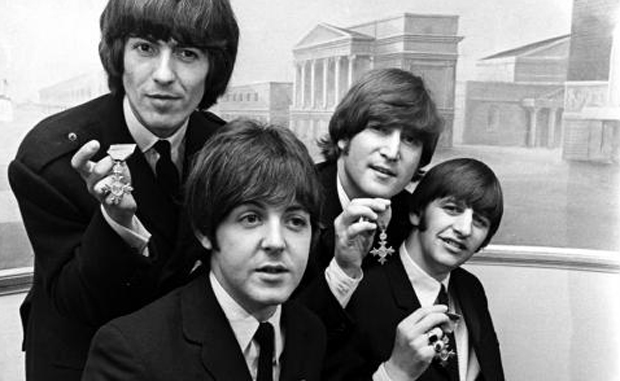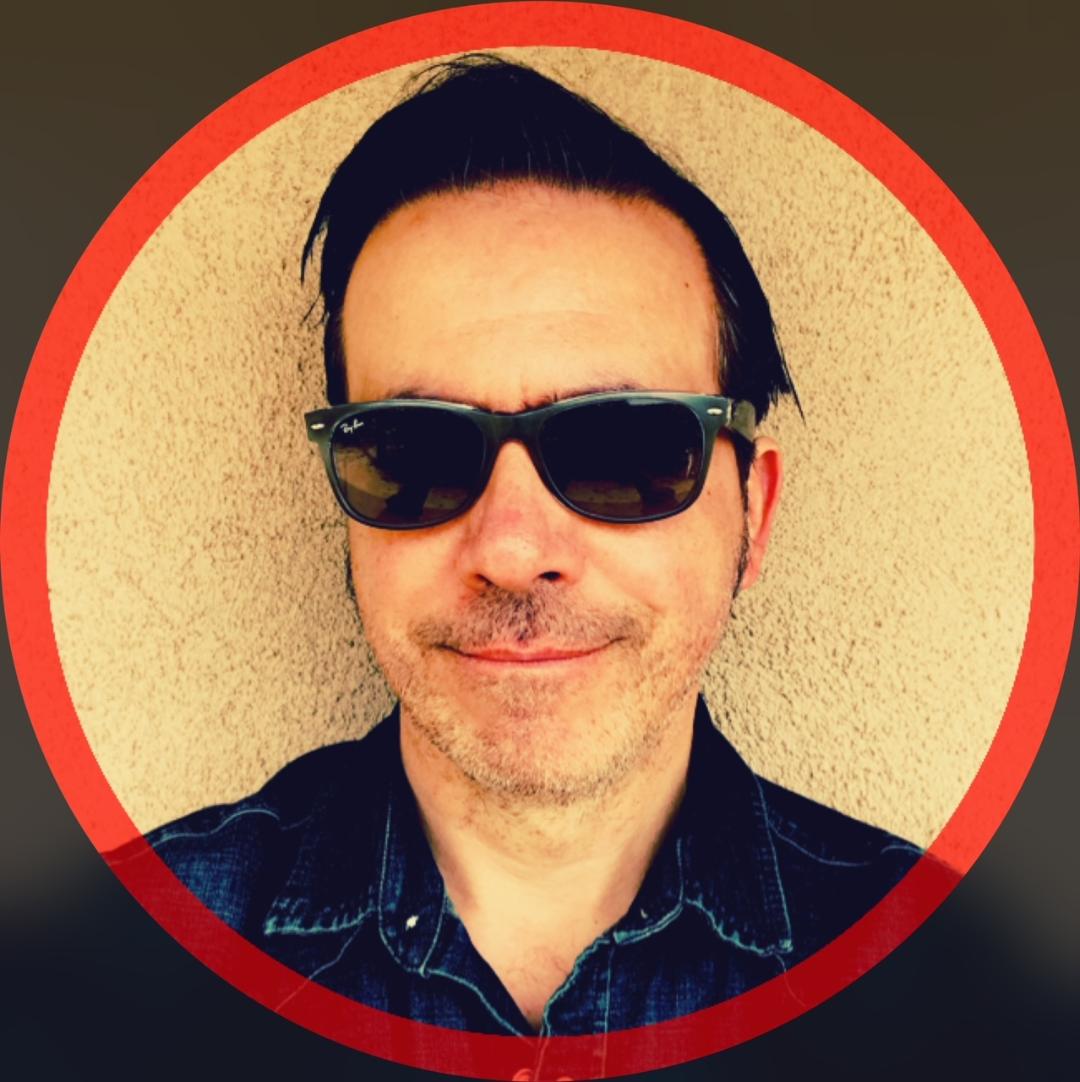Guide to the Songs and Instruments Featured on The Beatles' 'Rubber Soul' Album

Just as an overworked John Lennon and Paul McCartney came up with an overnight masterpiece in 1964 with "A Hard Day's Night" amid a stressful filming and recording schedule, the Beatles responded to time constraints in 1965 with another monumental step forward called Rubber Soul.
When the band finished recording Help! in mid-June (after filming yet another feature film), they took off on a tour of Spain, France and Italy that lasted till early July, followed by a show in Blackpool and another tour of the U.S. and Canada in August.
Their U.S. trip included another Ed Sullivan Show appearance, their first Shea Stadium show and a return to the Hollywood Bowl—not to mention mingling with Bob Dylan, the Supremes, Elvis Presley—and LSD (although McCartney waited another year before giving in to the drug). The band returned to England in September and had about a month to prepare material for a new album, which had to hit the record shops in time for Christmas.
They had help from several new instruments that had found their way into The Beatles' camp. These included Harrison's new 1965 Rickenbacker 360-12 with updated, rounded-edge cutaways, which he had acquired during a tour stop in Minneapolis and used on "If I Needed Someone," and George Harrison and Lennon's matching Sonic Blue 1961 Fender Stratocasters with rosewood fretboards. These two Strats marked the Beatles' entry into the world of Fender.
"I decided I'd get a Strat, and John decided he'd get one too," Harrison said. "So we sent out our roadie, Mal Evans … and he came back with two of them, pale blue ones. Straight away we used them on the album we were making at the time, Rubber Soul." Although the Strats can be heard throughout the album, they are most noticeable on "Nowhere Man." The serial number on Harrison's Strat is 83840, which dates it to late 1961.
McCartney had turned to his latest acquisition, a Rickenbacker 4001S bass, as his main bass for the Rubber Soul sessions. He had received the bass when Rickenbacker's Francis C. Hall, who had visited the band in New York in 1964 with several models for the band to choose from, visited the band in Los Angeles in August 1965 with his son John and only one model—a left-handed Fireglo 4001S for McCartney.
Other instruments included a cheap sitar Harrison bought at a London shop after being intrigued by the Indian musicians on the set of "Help!"; it is most famously heard on "Norwegian Wood (This Bird Has Flown)." Harrison and Lennon's Gibson J-160E models returned, as did Lennon's 1964 Rickenbacker 325 Capri, Lennon's Framus Hootenanny acoustic (which was mostly played by Harrison at this point) and Harrison's Gretsch Tennessean.
McCartney used his 1962 Epiphone Casino and Epiphone Texan acoustic, both of which he still performs with today, and his 1963 Hofner 500/1 bass. McCartney played through a Vox AC100 amp and a Fender Bassman while Lennon and Harrison played through Vox AC30 and AC100 guitar amps.
As it turned out, the song-hungry band already had one song in the can, "Wait," a leftover from the Help! sessions that was recorded on June 17. Actual sessions for Rubber Soul began October 12 with "Run For Your Life," a hastily written rockabilly number by Lennon, which borrows two lines from Presley's "Baby Let's Play House" and features at least one out-of-tune guitar.
Things improved the next day with McCartney's "Drive My Car," the product of the first Beatles session to extend past midnight. The song's bottom-heavy American R&B feel is the result of Harrison's infatuation with Otis Redding's 1965 hit single, "Respect" (later covered by Aretha Franklin). Harrison plays a Donald "Duck" Dunn-esque bass line on his Strat while McCartney doubles him on the Rickenbacker bass. McCartney also plays his first lead guitar break as a Beatle, delivering a funky slide solo via his Epiphone Casino.
Just as he did on Help!, Harrison contributed two songs to Rubber Soul—"If I Needed Someone" and "Think For Yourself." The former features Harrison playing his 1965 Rickenbacker 360-12 with a capo on the seventh fret, with Harrison borrowing heavily from Jim McGuinn, who played a similar figure on the Byrds' "The Bells of Rhymney" and "She Don't Care About Time," although such a figure also gives the song a droning effect, common to Indian music, which Harrison was discovering.
McCartney's bass line foreshadows his brilliant bass work on Revolver and "Rain"; the composition leaves the door open to many bass possibilities, but McCartney chooses to arpeggiate upward through a twelfth, as heard on the verses. The bass' solid maple body gives it a punchier, clearer tone, which can be heard on this song and the rest of the album.
"Think For Yourself" is notable for its two bass parts, both played by McCartney. One is played through the Vox AC100 bass amp; the other—credited as a "fuzz bass" on the album sleeve—was recorded direct through a distortion box. Ken Townsend, a former Abbey Road technician, has stated that EMI, which owned the studio, built their own distortion devices, which the Beatles would often use. However, it is possible McCartney was using a prototype Vox Tone Bender, which Dick Denney of Vox said were delivered to the Beatles in early 1965.
With Rubber Soul, the Beatles seriously broadened their sound, responding to their diverse influences and thinking well outside the box instrumentally.
The album also featured homespun recording innovations, including George Martin recording the "harpsichord" solo on "In My Life" at half speed—on a piano, then speeding it up when mixing. Other innovations include the use of electronic sound processing, especially the compressed and heavily equalized piano part on "The Word."
RUBBER SOUL: EXTRA INFO
Recorded: June 17, October 12-13, 16, 18, 21-22, November 3-4, 8, 10-11, 1965
Location: Abbey Road Studio Two
Released: December 3, 1965
Track Listing:
- Drive My Car
- Norwegian Wood (This Bird Has Flown)
- You Won't See Me
- Nowhere Man
- Think For Yourself
- The Word
- Michelle
- What Goes On
- Girl
- I'm Looking Through You
- In My Life
- Wait
- If I Needed Someone
- Run for Your Life
Yeah, Yeah ...
"Girl": This beautiful, continental-sounding track (Lennon's answer to "Michelle," perhaps?) features Lennon's Gibson J-160E capoed at the eighth fret to make it sound like a bazuki, thus adding to the song's European flavor.
… No
"Run For Your Life": This simple—in almost all respects—and hastily written Lennon tune would've been more at home on Beatles For Sale or Help! Lennon wasn't exactly fond of it, either.
Damian Fanelli is the online managing editor at Guitar World.
Photo: thebeatles.com
Get The Pick Newsletter
All the latest guitar news, interviews, lessons, reviews, deals and more, direct to your inbox!

Damian is Editor-in-Chief of Guitar World magazine. In past lives, he was GW’s managing editor and online managing editor. He's written liner notes for major-label releases, including Stevie Ray Vaughan's 'The Complete Epic Recordings Collection' (Sony Legacy) and has interviewed everyone from Yngwie Malmsteen to Kevin Bacon (with a few memorable Eric Clapton chats thrown into the mix). Damian, a former member of Brooklyn's The Gas House Gorillas, was the sole guitarist in Mister Neutron, a trio that toured the U.S. and released three albums. He now plays in two NYC-area bands.
